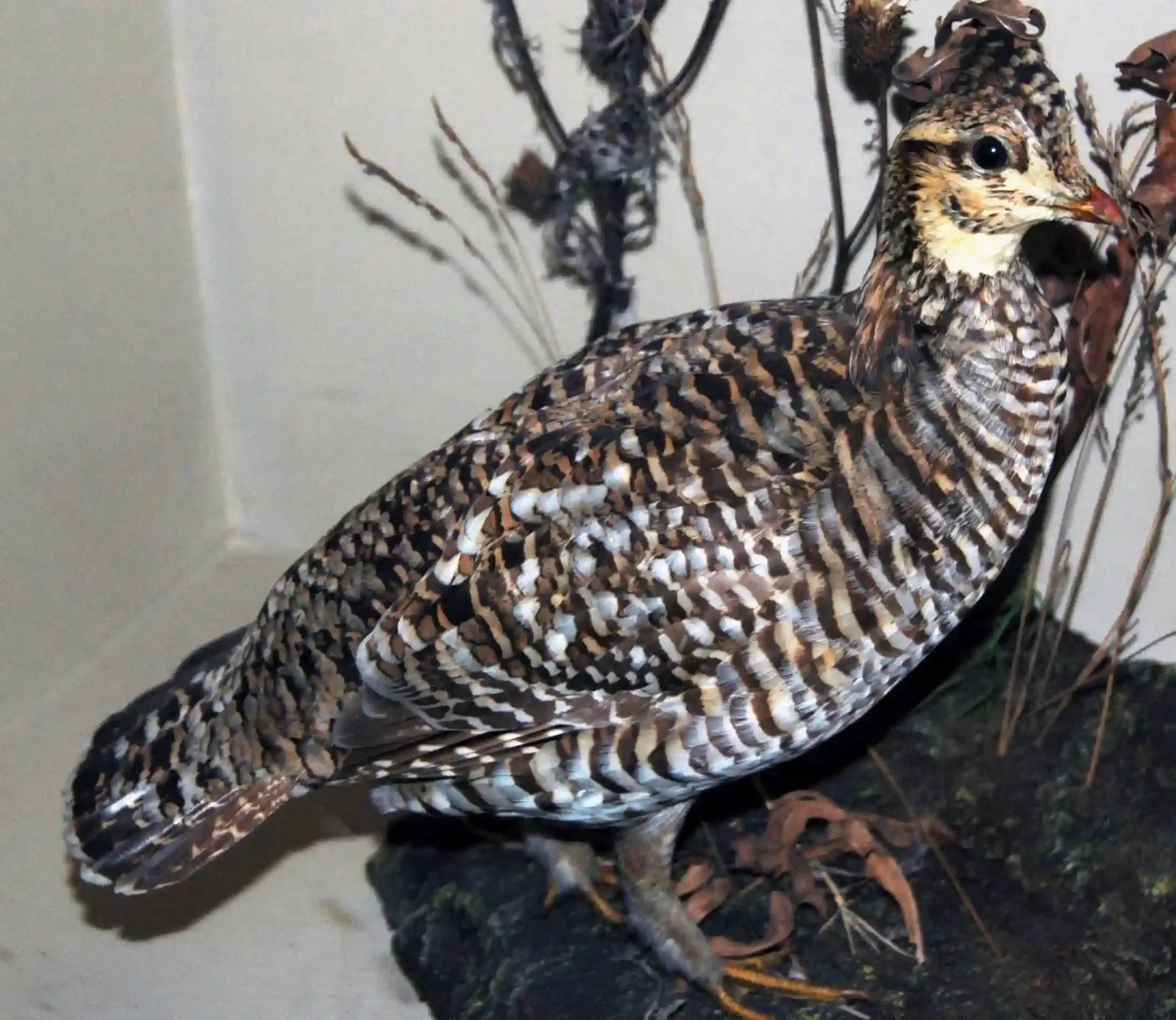Heath Hen Extinction Timeline and History
The Heath Hen, scientifically known as Tympanuchus cupido cupido, was a subspecies of the Greater Prairie Chicken that once inhabited the northeastern United States. It was historically found in abundance along the Atlantic coastal plains, ranging from southern Maine to Virginia.
Heath Hens were medium-sized, ground-dwelling birds known for their striking appearance and unique courtship displays. The males had vibrant reddish-brown plumage with white spots, while the females were less colorful, with mottled brown feathers to blend in with their surroundings. They were notable for their booming calls during the breeding season, which echoed across the landscape as part of their elaborate mating rituals.
History of Heath Hen Extinction
The decline of the Heath Hen began with the arrival of European settlers and the expansion of agriculture and urbanization. As the human population grew and land was increasingly converted for farming and development, the bird's natural habitat shrank considerably. Moreover, unregulated hunting and egg collecting for food and sport further decimated their numbers. The once abundant population of Heath Hens began to dwindle, and by the 19th century, they were scarce in many areas.
By the late 19th century, the Heath Hen was already considered rare and confined to a few small areas, particularly on the island of Martha's Vineyard, off the coast of Massachusetts. Despite conservation efforts, the population continued to plummet, and by the early 20th century, it was already listed as an endangered species.
By 1890, only 300 heath chickens remained on Martha's Vineyard Island. Due to feral cats and poachers, the number declined rapidly to only 70. As part of conservation efforts, the "Heath Hen Reserve" was established in 1908, and hunting was completely banned. As a result, the number of heath hens increased to 2,000. The Heath Hen was among the first bird species that Americans tried to save from extinction.
Unfortunately, a devastating fire during the breeding season in 1916 greatly damaged their habitat. At the same time, severe winters, low fertility, male predominance, and blackhead disease reduced heath hen numbers to 600 by 1920.
Even the best conservation efforts could not slow the decline in heath hen numbers, and by early 1927, the number had dropped to just 13, eleven males and two females. In December 1928, the number was reduced to just one male, nicknamed Booming Ben. Booming Ben, the only surviving member of the Heath Hen, died on March 11, 1932, and the subspecies was officially declared extinct.
Several factors contributed to the failure of the captive breeding program. First, the surviving population was too small to maintain genetic diversity, leading to inbreeding and weakened offspring. Additionally, the birds faced numerous environmental challenges, including increased predation, disease, and competition with other species.
The extinction of the Heath Hen was one of the first documented cases of extinction in North America, caused primarily by human activities. The extinction of the Heath Hen was a poignant reminder of the devastating consequences of habitat destruction, overhunting, and other human-induced factors on vulnerable species.
Extinct of the Heath Hen stands as a reminder of the importance of conservation efforts and the consequences of human habitat destruction and hunting. It also underscores the need for proactive measures to protect and preserve endangered species before they reach the brink of extinction.







